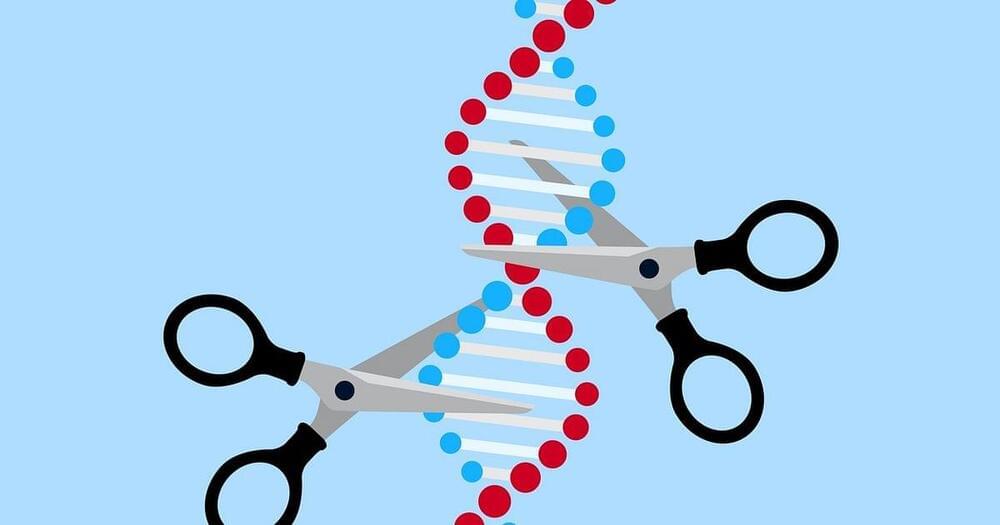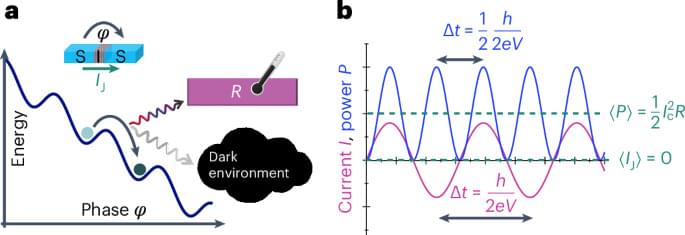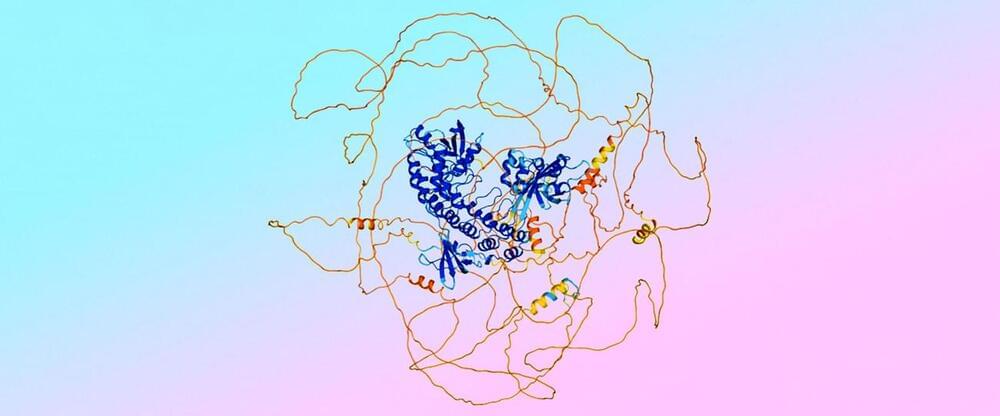Page 58
Aug 25, 2024
Scientists Have Discovered Strange DNA in Our Brains — and It Could Be Shortening Our Lives
Posted by Dan Breeden in categories: biotech/medical, health, neuroscience
Mitochondria in brain cells frequently insert their DNA into the nucleus, potentially impacting lifespan, as those with more insertions were found to die earlier. Stress appears to accelerate this process, suggesting a new way mitochondria influence health beyond energy production.
As direct descendants of ancient bacteria, mitochondria have always been a little alien. Now a study shows that mitochondria are possibly even stranger than we thought.
Mitochondria in our brain cells frequently fling their DNA into the nucleus, the study found, where the DNA becomes integrated into the cells’ chromosomes. And these insertions may be causing harm: Among the study’s nearly 1,200 participants, those with more mitochondrial DNA insertions in their brain cells were more likely to die earlier than those with fewer insertions.
Aug 25, 2024
Dark Matter Explained | Cosmology 101 Episode 7
Posted by Dan Breeden in categories: cosmology, evolution, physics

Dark matter remains one of the most enigmatic components of our universe. In this episode of Cosmology 101, we explore the evidence for dark matter and its critical role in shaping the cosmos. From galaxy rotations to cosmic web structures, discover how dark matter’s invisible hand influences the universe’s evolution and our understanding of fundamental physics.
Join Katie Mack, Perimeter Institute’s Hawking Chair in Cosmology and Science Communication, on an incredible journey through the cosmos in our new series, Cosmology 101.
Continue reading “Dark Matter Explained | Cosmology 101 Episode 7” »
Aug 25, 2024
Gravity Without Mass Could Explain Dark Matter
Posted by Dan Breeden in category: cosmology

Special Offer! Use our link https://joinnautilus.com/SABINE to get 15% off your membership!I recently read that you can have gravity without mass. Ha, no way…
Aug 25, 2024
All-2D CVD-grown semiconductor field-effect transistors with van der Waals graphene contacts
Posted by Dan Breeden in categories: computing, materials
Hoque, M.A., George, A., Ramachandra, V. et al. All-2D CVD-grown semiconductor field-effect transistors with van der Waals graphene contacts. npj 2D Mater Appl 8, 55 (2024). https://doi.org/10.1038/s41699-024-00489-2
Aug 25, 2024
Ethics and benefits of gene editing
Posted by Dan Breeden in categories: bioengineering, biotech/medical, ethics
There are different types of biotechnology protocols for genome/gene editing (GE), but the preferred one is the Clustered Regularly Interspaced Short Palynodromic Repeat (CRISPR) Cas9 system. Advantages include precision, the ability to design variants tailored to needs, and optimal operational cost and time.

Our universe is defined by the way it moves, and one way to describe the history of science is through our increasing awareness of the restlessness of the cosmos.
For millennia the brightest scientific minds in Europe and the Middle East believed that the Earth was perfectly still and that the heavens revolved around it, with a series of nested crystal spheres carrying each of the heavenly objects. Those early astronomers busied themselves with attempts to explain and predict the motion of those objects – the Sun, the Moon, each of the known planets, and the stars. Those predictions were excellent, and their systems able to explain the data well into the 16th century.
Aug 25, 2024
US achieves superconductor breakthrough, can benefit quantum computing
Posted by Dan Breeden in categories: computing, quantum physics
A team of scientists in the United States has achieved a notable milestone in the domain of superconductors. This progress may have considerable consequences for the future of quantum computing.
The research details the development of a novel superconductor material that has the potential to transform quantum computing and potentially function as a “topological superconductor.”
A topological superconductor is a special kind of material that exhibits superconductivity (zero electrical resistance) and also has unique properties related to its shape or topology.
Aug 25, 2024
Bolometric detection of Josephson radiation
Posted by Dan Breeden in categories: computing, nanotechnology
An on-chip nano-bolometer integrated with a Josephson junction quantitatively measures the Josephson radiation up to about 100 GHz frequency. This wide-band, thermal detection scheme of microwave photons provides a sensitive detector of Josephson dynamics beyond the standard conductance measurements.














